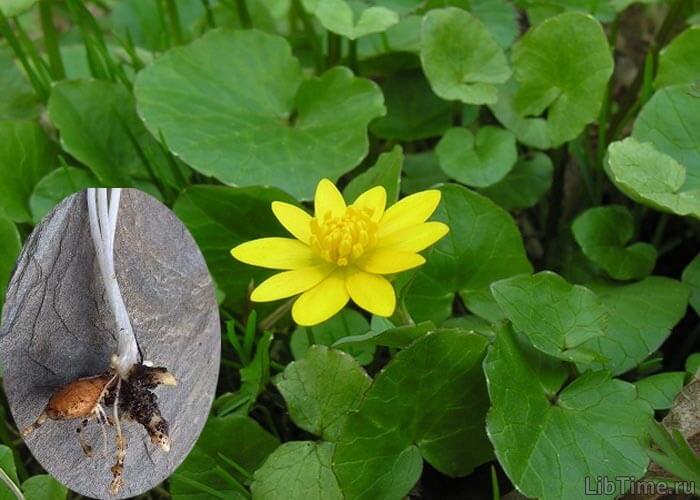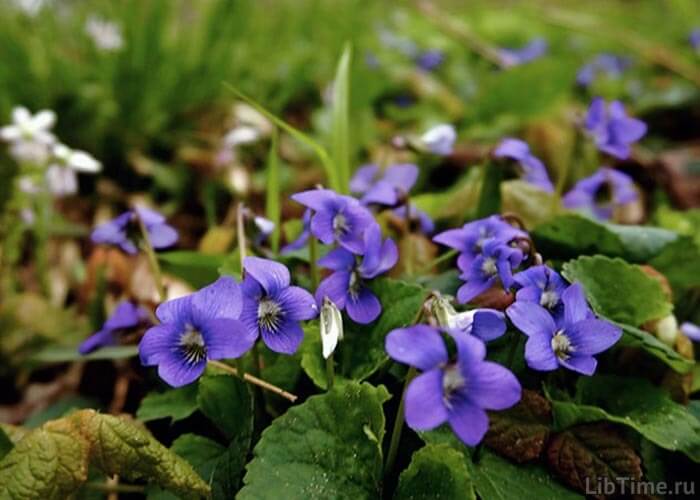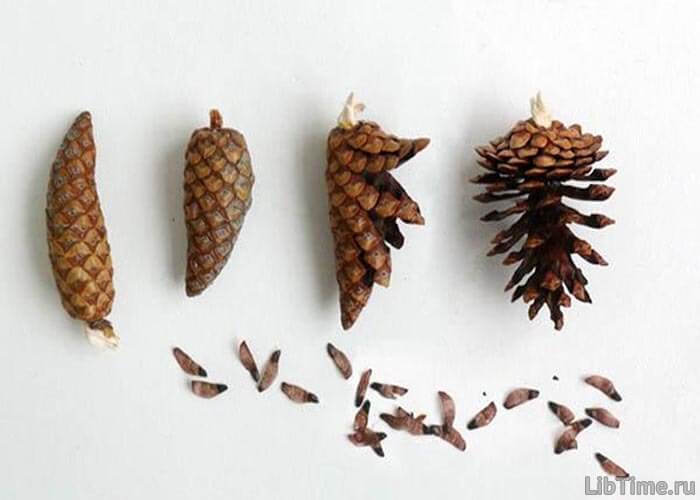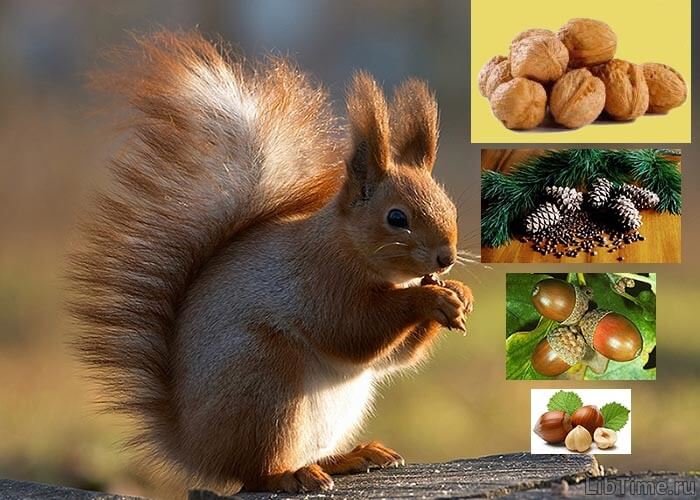How do forest plants reproduce?
To answer the question How do forest plants reproduce? it is necessary to consider interesting relationships between forest organisms.
Cross-pollination of various plants
One of the methods of plant propagation in forest conditions is cross-pollination of various plants.
The early flowering of hazel, alder, aspen, willow, (more:) and oak grasses, the flowering of plants with white flowers, when oak trees are leafed out and it becomes dark in the forest, are all examples of plants adapting to cross-pollination.
The flowering of undergrowth trees has the same features - y, viburnum, elderberry and many other trees, the flowers are also white, and this helps insects to find them in the dusk of the forest.
 elderberry color
elderberry color Vegetative propagation of plants
It is known that in forest grasses growing at the bottom, cross-pollination often fails. Therefore, they usually have a widespread and vegetative reproduction with the help of roots, rhizomes and other underground parts.
Chistyak and other plants of oak forests form special buds on the stems, and nodules, which are their means of reproduction.

Plants have similar adaptations. spruce forest.
The darker the forest, the more vegetative reproduction is developed in herbaceous plants and the less reproduction by seeds.
Methods of dispersal of seeds in the forest
very interesting and ways to spread seeds in the forest. As a rule, the seeds of forest grasses are very small.
At wintergreens characteristic plant of the spruce forest - in 1 gram there are 300,000-400,000 seeds. A slight movement of air is already able to move them.
The seeds of other plants growing in the bottom of the spruce forest are slightly larger.
If the seeds are large, then they necessarily have additional devices that serve for this purpose. At violets the seeds have special outgrowths that are used by forest ants, which drag these seeds through the forest.

Birds help disperse seeds
There are plants that "shoot" seeds, such as, for example, sour spruce forest and spring polka dots oak forest, belonging to the legume family. Herbs that form fruits, for example, lily of the valley, raven eye and others, as a rule, have helpers - birds that feed on berries.
The seeds in the berry pass through the intestines of the bird without losing their germination, and thus are far from the place where they grew. Also, with the help of birds, seeds of fruits are distributed. mountain ash, wild apple, viburnum, elderberry and many other undergrowth trees and shrubs.
Interesting adaptations to the distribution of seeds in trees, the seeds of which have lionfish (, and others). The wind picks up such seeds and carries them away from the tree.

It should be noted that the trees are freed from seeds at a particularly favorable time for this. In spruce and pine, this is the pre-spring period, when an icy crust forms on the snow - crust. A seed, falling on the snow, is picked up by the wind and, along a smooth crust, can be carried far from the mother tree.
Seed Distribution Assistants
But trees also have heavy seeds, for example, at,. Such trees also have different seed dispersal helpers. They are especially helpful in this matter. squirrels, chipmunks, dormice, mouse-like rodents.
 Tree seeds are spread by forest dwellers
Tree seeds are spread by forest dwellers Many of them store food for the winter and scatter seeds. In this case, part of the seeds is lost and subsequently sprouts.
They take a great part in the distribution of large seeds and some birds - for example, jays spread oak acorns, and nutcrackers take part in the resettlement of cedar. During the harvest years of cedar seeds - nuts, this active bird constantly fills its crop with cedar nuts, takes them away and hides them quite far away - somewhere under moss and in other places, at a distance of 100 meters from a tree or more.
It sometimes makes hundreds of seed warehouses, and it is believed that only a very few of them are used. Some of the seeds carried away by the nutcracker subsequently germinate.
Understanding such connections not only satisfies the interest in the life of the forest, but is of practical importance in the renewal of our forests.
Understanding how forest plants reproduce is only a small part of the complex relationship between the organisms that make up the forest community (more:) and this community develops, flows over time, naturally changing its composition, moving from one form to another.
